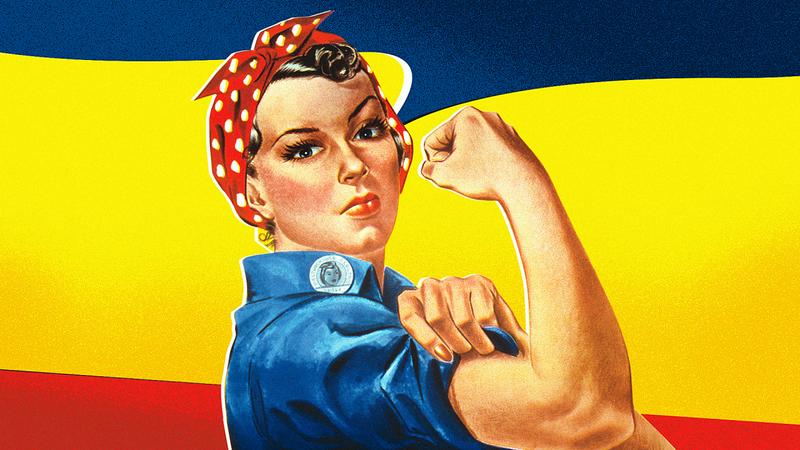Rosie The Riveter
By | January 9, 2019

When we think of women in the WWII era, often times the iconic image of Rosie The Riveter comes to mind. WWII gave women a chance to earn their own money and help with the war effort. The “Riveters” image represented the millions of women, from all classes and all colors, who jumped to action when needed. They went to work to help their country and earn a living, something that was not encouraged during the previous decades. Going to work and contributing to the war efforts and earning money had lasting effects and brought about the modern Women’s Rights Movement.

Where Did The Idea For ‘Rosie’ Come From?
During the Great Depression, women were discouraged from working in order to have jobs go to men, who were the main breadwinners at that time. The government needed something to coax women to work in the factories. The first image of Rosie The Riveter was from Norman Rockwell. His painting first appeared on the cover of the Saturday Evening Post in 1943. This painting appealed to the patriotism of women. The men were on the front lines, but women could do their part to win the war. There was even a song about Rosie. The song actually came before the painting and it is thought that is where Rockwell got the idea of putting the name "Rosie” on the lunchbox.

You will notice the difference in the painting and the image that we usually associate with “Rosie”. The painting shows a much more masculine woman, dirty with bulging arms. The propaganda poster cleans up this image to make it appear glamorous to work in a factory. A woman could look beautiful and be feminine and still do a ‘man’s’ job.

Who Were These “Riveters”?
Most of the women who worked in factories during the war came from three different groups. The first group were women who had already been in the workforce, doing domestic type jobs such as laundry and seamstresses. They left those jobs for the higher paying factory jobs. The second group were women who had been working on family farms and were used to hard, physical labor. The third group were first time workers, over 6 million of them! These were homemakers whose husbands were off fighting on the front lines, younger single women who hadn’t married yet, or older “spinsters”.

What Happened To The “Riveters”?
When the war began winding down and the men were coming home, the message from the government and society changed. It was no longer patriotic to work and the working woman became a negative image. Most women went back to being homemakers or sought jobs in traditionally female occupations, like teaching, nursing, and waitressing. The few women who remained working in the factories were subjected to harassment and discrimination. Many men felt threatened by the women who knew the job better than they did. The unintended consequence of encouraging women to help with the war effort was women got a taste of being sufficient and successful on their own. While most women understood that this was a temporary thing and that they would return to their ‘regular’ life, it was hard to forget the sense of independence they achieved during the war.

The feminist movement began to really take off after WWII. It wasn’t so unusual to see women in the workplace. The Riveters deserve the credit for that!

